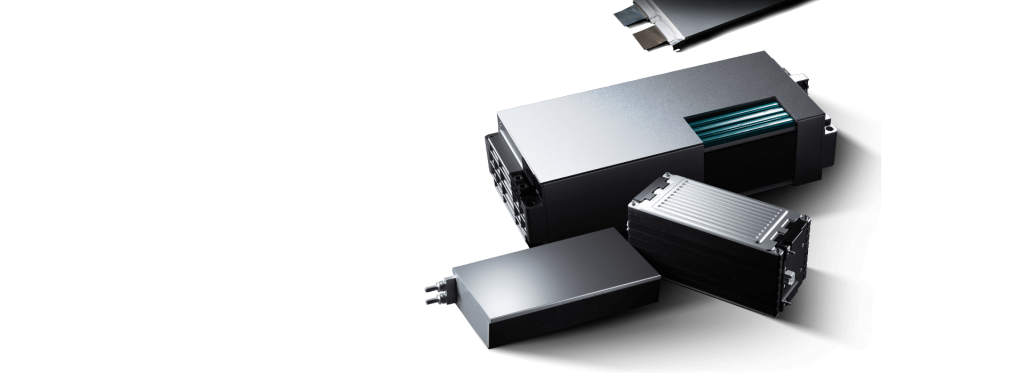JTEKT has been granted a patent for a gear machining apparatus that includes a hob cutter, at least one processor, and at least one memory with instructions. The apparatus performs operations such as chamfering and gear profile machining by moving the hob cutter relative to the workpiece in radial and axial directions. GlobalData’s report on JTEKT gives a 360-degree view of the company including its patenting strategy. Buy the report here.
According to GlobalData’s company profile on JTEKT, crankshaft ball bearings was a key innovation area identified from patents. JTEKT's grant share as of September 2023 was 32%. Grant share is based on the ratio of number of grants to total number of patents.
Gear machining apparatus with synchronized hob cutter and workpiece movement
A recently granted patent (Publication Number: US11772175B2) describes a gear machining apparatus that is capable of efficiently and accurately machining gear profiles on workpieces. The apparatus includes a hob cutter, at least one processor, and at least one memory with instructions that enable the apparatus to perform specific operations.
The operations of the gear machining apparatus involve the synchronized rotation and relative movement of the hob cutter and the workpiece. First, the apparatus performs chamfering on one axial end of the gear profile by moving the hob cutter radially and axially with respect to the workpiece. Following this, the gear profile machining is carried out by moving the hob cutter axially. Finally, the apparatus performs chamfering on the opposite axial end of the gear profile by moving the hob cutter radially and axially.
In claim 2, it is mentioned that the angles at which the hob cutter is moved during chamfering are set to be different from the chamfer angles at the respective axial ends of the gear profile. This allows for precise and customized chamfering of the gear profile.
The patent also describes additional operations in claim 3, where the apparatus performs simulations of chamfered shapes based on various machining conditions. These conditions are related to the relative movement trajectory of the hob cutter with respect to the workpiece. The apparatus then determines the optimal machining condition that satisfies the allowable condition for the chamfered shape. The first and second chamfering operations are performed based on this determined machining condition.
Furthermore, claim 5 specifies the elements of the chamfered shape that can be adjusted during the machining process. These elements include the chamfer angles at the corners of the tooth top and axial chamfer lengths at these corners. Additionally, the second chamfer angle at a corner in the axial cross-section of the workpiece and the second axial chamfer length at this corner can also be modified.
Overall, this granted patent presents a gear machining apparatus that offers improved precision and efficiency in machining gear profiles. The synchronized rotation and relative movement of the hob cutter and workpiece, along with the ability to customize chamfering angles and lengths, contribute to the apparatus's effectiveness in producing high-quality gear profiles.
To know more about GlobalData’s detailed insights on JTEKT, buy the report here.
Data Insights
From

The gold standard of business intelligence.
Blending expert knowledge with cutting-edge technology, GlobalData’s unrivalled proprietary data will enable you to decode what’s happening in your market. You can make better informed decisions and gain a future-proof advantage over your competitors.







